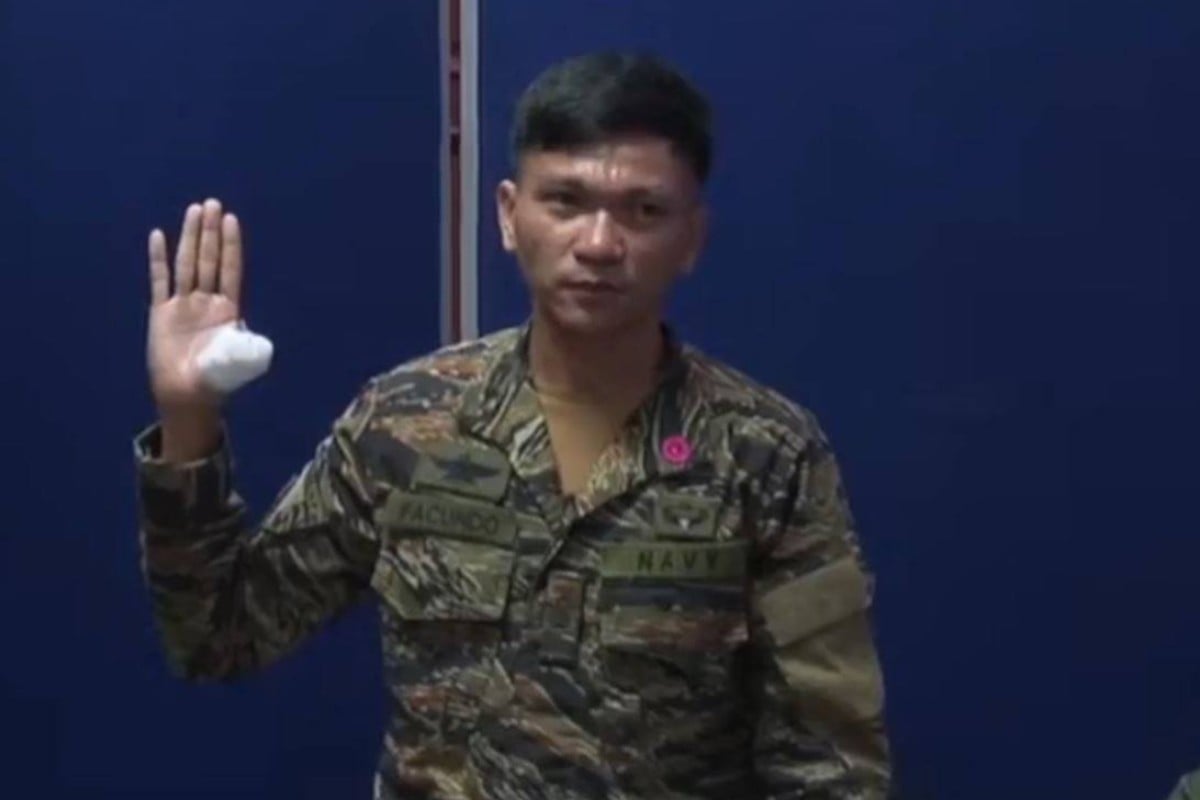When using a Joe Cup coupler, a rounding plug in the child tube's insertion end might be used; and if non-laterally projecting, then such plug for just one end of tubes might be permanent, leaving the other end open; but note this challenges the 100% target, but a tiny compromise might be globally beneficial. Still seek a means for the 100% deal where the end plug might be temporary, not permanent.
In tote, a telescopic nest where tubes have no holes or plugs presents inadvertent spillage, so a means is needed to firmly cap both ends of the nest; two caps cabled together might work where one cap is placed and then the other cap, but the caps are kited together. [=======================] in symbols.
AI massaged:
Efficient Storage and Protection of Telescopic Tubes for TPHG
When aiming for high-density storage of telescopic tubes, particularly for the ease of transport in a compact tote, it's essential to avoid any structures that interfere with full concentric nesting without adding to the overall length of the nest. Elements like collars, pins, or interior mechanisms that project into the structure can cause unwanted length buildup, which compromises the compactness necessary for urban transport.
However, with the tubes free of such protrusions, protecting the open ends during handling, transport, and even assembly or disassembly becomes crucial. A possible solution involves using temporary end-tube cushions or specialized plugs. These would be applied upon de-telescoping or when separating the tubes from the nest to safeguard the ends.
For designs utilizing a Joe Cup coupler, consider placing a rounding plug in the insertion end of the child tube. If the plug does not project laterally, it could potentially be permanent, leaving the opposite end open. While this introduces a slight compromise in maintaining 100% avoidance of length increase, such a minimal trade-off could be beneficial in the broader design. However, a better solution might involve temporary, rather than permanent, plugs to maintain the goal of full nesting without lengthening.
To prevent inadvertent spillage of tubes during transport, consider firmly capping both ends of the nested set. A practical approach could involve using two end caps connected by a cable, which keeps the caps "kited" together. One cap would be applied first, followed by the second, ensuring the nest is securely enclosed and the caps remain tethered and on the tube set ends; such stops spillage.
============================== Eddie Paul carried a TPHG while flying a TPHG Wikipedia article on Eddie Paul: https://en.wikipedia.org/wiki/Eddie_Paul
[cable-leading edge design is to be avoided, such is the HG community-wide prevalent opinion as reverse cambering by gust or AoA may occur]
Ode to Eddie Paul:https://www.hotrodhotline.com/ode-eddie-paul
 Home
Home



